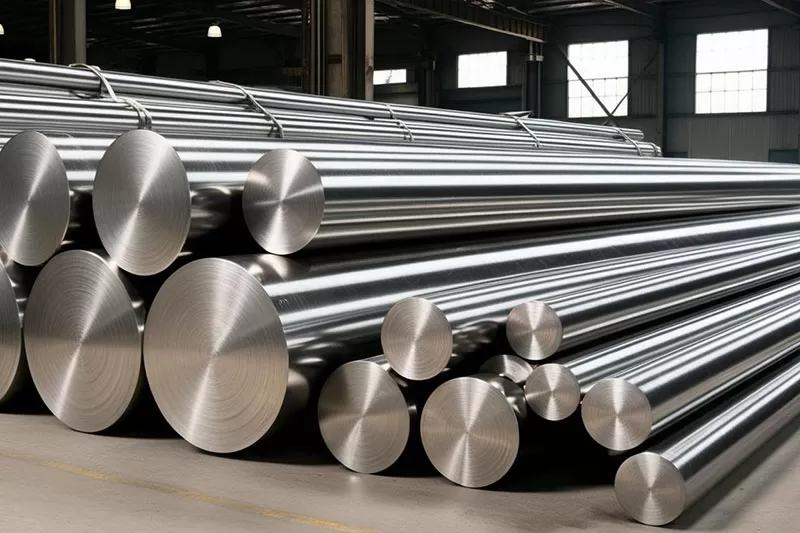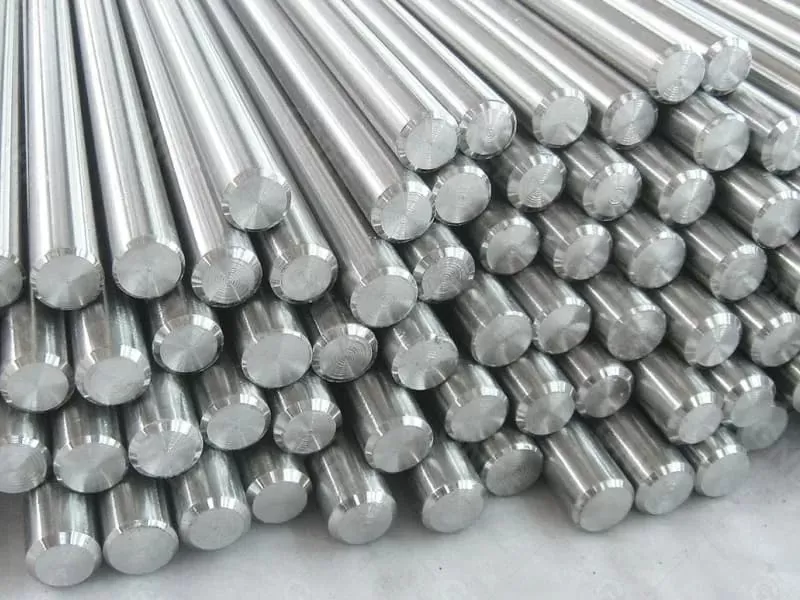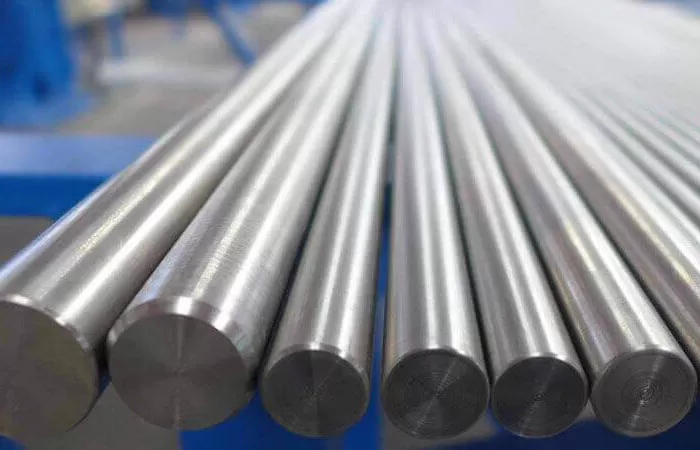
The growing global demand for high-performance materials in industries such as aerospace and energy has led to an increasing reliance on advanced superalloys. These materials, including Inconel 718, Inconel 625, Hastelloy X, and A286, offer exceptional strength, corrosion resistance, and high-temperature stability, making them indispensable in modern engineering applications. In this article, we delve into the key properties, applications, and trends that drive the adoption of these materials.
Properties of Superalloys: Meeting Extreme Demands
Superalloys are engineered to withstand the most challenging environments, often under extreme temperatures and pressures. Inconel 718, for instance, is renowned for its high tensile strength and resistance to creep at temperatures up to 700°C, making it a primary choice for jet engine components. Similarly, Hastelloy X excels in environments requiring resistance to oxidation and carburization at elevated temperatures.
Another crucial property is corrosion resistance. Materials like C-276 and Incoloy 825 are widely used in chemical processing industries due to their ability to withstand aggressive acids such as hydrochloric and sulfuric acids. This resistance reduces maintenance costs and extends equipment lifespan, ensuring uninterrupted operations in critical industries.
Aerospace Industry: Superalloys Taking Flight
The aerospace sector heavily depends on materials like Inconel 718 and Nimonic 80A for their ability to maintain structural integrity under high stress and temperature. Jet engines, turbines, and exhaust systems are routinely exposed to temperatures exceeding 1,000°C, conditions under which conventional materials would fail. The use of superalloys allows manufacturers to create lighter and more efficient components, contributing to better fuel economy and reduced emissions.
One example is the use of Inconel 625 in exhaust ducts and turbine blades, where its high fatigue resistance ensures longevity despite the cyclical thermal stresses. Similarly, A286 is used for high-strength fasteners in aerospace applications, ensuring reliable performance in critical assemblies.
Energy Sector: From Power Plants to Renewable Energy
In the energy industry, superalloys find applications in both conventional and renewable sectors. For instance, Hastelloy X and Inconel 600 are key materials in gas turbines and power plant heat exchangers due to their exceptional thermal stability. In the renewable energy domain, superalloys are increasingly used in geothermal energy systems and concentrated solar power plants, where components face corrosive and high-temperature conditions.
Emerging Trends: Additive Manufacturing and Sustainability
Recent advancements in additive manufacturing (AM) have revolutionized the production of superalloy components. Technologies like selective laser melting (SLM) allow the creation of intricate geometries, optimizing material usage and enhancing component performance. Inconel 718 and Inconel 625 are among the most commonly used superalloys in AM, offering superior printability and post-processing performance.
Moreover, sustainability concerns have spurred research into recycling and reclaiming superalloy materials. Efforts are underway to develop processes that recover valuable metals like nickel and cobalt from end-of-life components, reducing the environmental footprint of these critical materials.
The growing demand for superalloys in aerospace and energy industries underscores their critical role in modern engineering. With advancements in manufacturing techniques and a focus on sustainability, the future of these materials looks promising. As industries continue to push the boundaries of performance, superalloys will remain at the forefront, enabling innovations that shape the world.

2025-12-11 16:42:29

2025-11-19 14:09:22

2025-11-07 17:27:49

25th floor, C3 Building, Wanda Plaza, Kaifu District, Changsha, Hunan Province, China